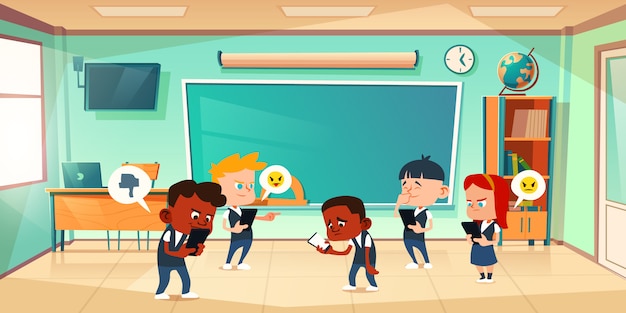Eye-Opening Crime Education Statistics in Schools’ Are schools doing enough to educate students about the impact of crime in our society? While some may argue that it’s not their responsibility, eye-opening statistics reveal just how important crime education is for young people. From understanding the consequences of drug use to recognizing warning signs of violence, there are countless reasons why criminal literacy should be a priority in every classroom. So buckle up and get ready to learn about the shocking truth behind crime education in schools – you won’t want to miss this!
What are the most common crimes in schools?
The most common crimes in schools are theft and assault. Theft is the most common crime at K-12 schools, accounting for over one-third of all crimes. However, the incidence of theft varies significantly by school type. For example, while theft is relatively common at elementary schools, it is less common at secondary schools. The incidence of assault also varies significantly by school type. While assault is relatively common at high schools, it is much less common at middle and elementary schools.
Eye-Opening Crime Education Statistics in Schools
How can schools reduce crime?
When it comes to crime in schools, statistics can be difficult to come by. However, a study conducted by the National Center for Education Statistics (NCES) in 2006 found that there was an estimated 2.5 million incidents of criminal activity on school property during the 2004-05 school year. This number includes everything from vandalism and theft to assault and battery.
READ ARTICLE: The Impact of Effective Crime and Justice Policies on Societal Stability
While these numbers may seem alarming, they are actually quite low when compared to other crimes in schools. For example, NCES estimates that there were approximately 10 million incidents of criminal activity on school property during the 2002-03 school year. This number includes everything from vandalism and theft to rape and homicide.
The main reason why crime rates in schools are lower than most other crimes is because schools have a responsibility not only to protect their students, but also their property. School policies regarding crime prevention include things like implementing security measures such as CCTV cameras, installing locks on doors and windows, and providing training for staff members about how to deal with incidents of crime.
Schools also have the power to punish students who commit crimes on school property. In some cases, this may mean suspension or expulsion from school. In addition, schools can work with law enforcement agencies to prosecute offenders if appropriate charges are filed.
What are some effective crime prevention strategies?
Some effective crime prevention strategies include creating a sense of community and having a strong police presence in schools. Educating students about the dangers of crime can also be helpful, as can implementing programs that provide positive alternatives to criminal activity. Additionally, developing relationships with local businesses and law enforcement agencies can help deter criminals from targeting specific areas.
How can crime education benefit students?
Crime education is important for students to understand the warning signs of crime and how to avoid becoming a victim. There are many ways to provide crime education in schools, and each school district may have their own guidelines. Below are some examples of how crime education can benefit students:

1. Help students learn how to protect themselves from crime.
2. Teach them about the criminal justice system and its processes.
3. Teach them about the consequences of committing crimes.
4. Help them develop effective communication skills when interacting with law enforcement personnel or other victims of crime.
5. Advocate for change in areas where crime is high, such as schools or neighborhoods, so that victims are not victimized again and perpetrators are held accountable for their actions.
What role do parents play in crime education?
Parents play an important role in crime education for their children. According to the Centers for Disease Control and Prevention (CDC), parents are the primary source of information about safe behaviors and risk factors for crime. Parents can help children understand why some behaviors, like not following the rules, may lead to criminal consequences. It is important for children to have a good understanding of crime so they can make informed decisions about how to behave.
Parents can also talk to their children about what to do if they are a victim of a crime. If a child is a victim of a crime, it is important that he or she knows what to do: tell an adult immediately, try to get a description of the person or vehicle involved, and keep any evidence possible, such as eyewitness testimony.
It is important for parents to be aware of their child’s school activities and learn more about the resources that are available at their school. Schools offer programs designed specifically for crime prevention, such as anti-bullying campaigns and anti-drug education programs. Schools also provide educational materials about different crimes, such as car theft or robbery, so that students can better understand how these crimes happen and how to avoid them.
YOU MAY LIKE: Unveiling the Power of Cutting-Edge Technology in Modern Journalism
Conclusion
As educators, we are always looking for ways to improve our classrooms and make a positive impact on the lives of our students. However, it can be difficult to know where and how to start when it comes to crime education. This is especially true when it comes to statistics – after all, no one wants their child or student to feel anxious or scared about crime in the community. In this article, we have compiled some eye-opening crime education statistics in schools so that you can better understand the challenges faced by educators when it comes to raising awareness of crime issues. Hopefully, this information will help you develop more effective strategies for educating your students about crime and safety.

